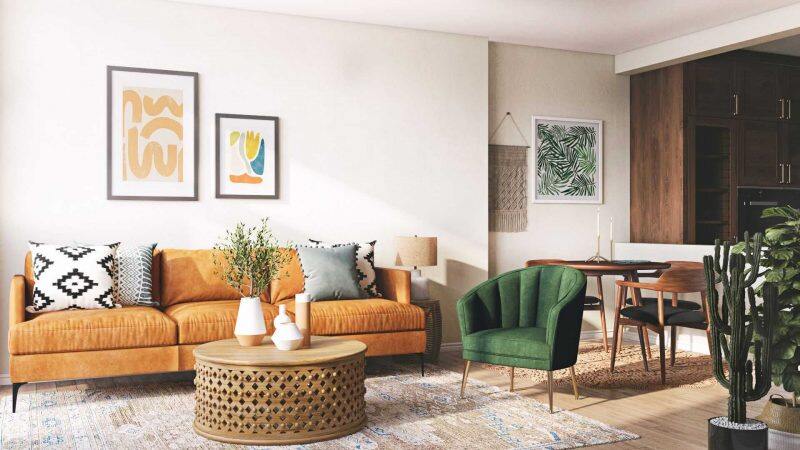Email format error
Email cannot be empty
Email already exists
6-20 characters(letters plus numbers only)
The password is inconsistent
Email format error
Email cannot be empty
Email does not exist
6-20 characters(letters plus numbers only)
The password is inconsistent



Furniture is an integral part of our daily lives, serving both functional and aesthetic purposes. Over the centuries, furniture has evolved in response to changes in society, culture, technology, and design trends. In this journey through time, we'll explore the fascinating evolution of furniture, from its humble origins to the sophisticated designs of today.
Ancient Beginnings
Furniture has been a part of human existence for thousands of years. Its origins can be traced back to ancient civilizations like Egypt, Mesopotamia, and China. In these early societies, furniture was primarily utilitarian, consisting of basic wooden structures like stools, tables, and chests.
Medieval and Renaissance Eras
During the Middle Ages, furniture design remained simple and functional. However, as Europe emerged from this period, the Renaissance ushered in a new era of artistic and architectural revival. Furniture began to reflect the elegance and opulence of the time, with ornate carvings, intricate inlays, and luxurious fabrics.
The Age of Exploration
The Age of Exploration in the 15th and 16th centuries had a significant influence on furniture design. As trade routes expanded, exotic materials like teak, ebony, and ivory found their way into European furniture, adding a sense of luxury and uniqueness. The styles of this era, such as Tudor and Elizabethan, incorporated elaborate details and craftsmanship.
Baroque and Rococo
The Baroque and Rococo periods that followed were characterized by extravagance and opulence. Furniture of this time featured richly gilded surfaces, curved lines, and intricate ornamentation. It was a reflection of the grandeur and excess of the European courts.
Neoclassicism and the Age of Enlightenment
The late 18th century brought about a shift in design philosophy. Inspired by the classical art and architecture of ancient Greece and Rome, the Neoclassical style emerged. Furniture became more elegant and refined, with clean lines, symmetry, and restrained ornamentation. This period coincided with the Age of Enlightenment, where reason and logic were highly valued.
Industrial Revolution and Mass Production
The 19th century witnessed a transformative event in furniture history: the Industrial Revolution. Mass production techniques, powered by steam and later electricity, made furniture more affordable and accessible to a broader population. Factories churned out standardized pieces, simplifying the design and reducing the reliance on handcraftsmanship.
Art Nouveau and Arts and Crafts Movements
As a reaction against the mass-produced, machine-made furniture of the Industrial Revolution, the late 19th and early 20th centuries saw the emergence of artistic movements like Art Nouveau and the Arts and Crafts movement. These styles celebrated craftsmanship, nature-inspired designs, and individual creativity. Furniture during this time featured flowing, organic forms and intricate details.
Modernism and Contemporary Design
The 20th century marked a radical departure from traditional furniture design. The Modernist movement, with pioneers like Le Corbusier and Mies van der Rohe, embraced minimalism, functionality, and the use of new materials like steel and glass. This era gave birth to iconic pieces like the Barcelona chair and the Eames Lounge Chair.
Contemporary furniture design continues to evolve, with a focus on innovation, sustainability, and adaptability. Today's designers draw inspiration from the past while pushing the boundaries of creativity and functionality.
Sustainability and Future Trends
In recent years, sustainability has become a central theme in furniture design. Many designers and manufacturers are exploring eco-friendly materials, recyclability, and energy-efficient production methods to reduce the environmental impact of furniture.
As we look to the future, it's clear that furniture design will continue to evolve, driven by technological advancements, changing lifestyles, and environmental concerns. The history of furniture is a testament to the ever-evolving nature of design and the enduring human desire to create functional, beautiful, and meaningful pieces for our living spaces.